13 Popular Plants That Are Terrible for Indoor Spaces
Indoor plants can make any room feel more inviting, but not all plants belong indoors. Some plants require specific conditions that cannot be met in an indoor environment, while others can be dangerous to your health or your pets. It is essential to know which plants to avoid when planning your indoor garden. By selecting the right plants, you can enjoy greenery in your home without any risks. Keep reading to find out which plants should stay outside.
This post may contain affiliate links, which helps keep this content free. Please read our disclosure for more info.
Oleander
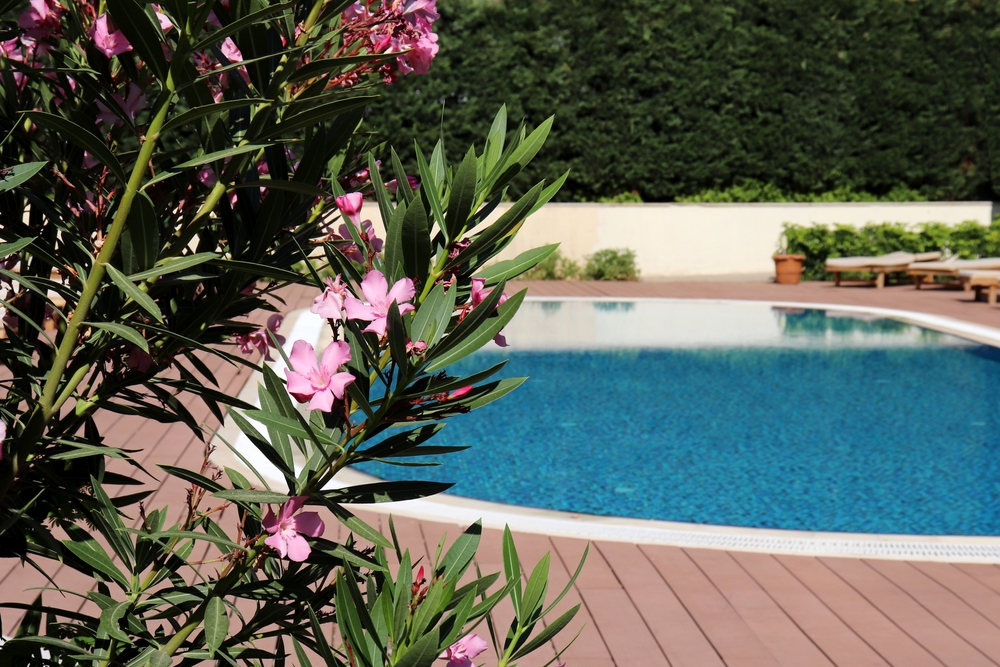
Oleander is a beautiful but highly toxic plant that should never be brought indoors. All parts of the plant, including the leaves and flowers, contain toxic compounds that can cause severe illness if ingested. If you have children or pets, it is especially important to avoid this plant indoors. Its bright flowers may seem appealing, but the risks far outweigh the beauty it offers.
Even when handled carefully, oleander can release toxic fumes if burned. It is best to grow this plant in a garden or outdoor area where it poses no threat. While it may be tempting to add this ornamental plant to your home, it can cause serious health issues if consumed. For a safer option, choose non-toxic plants with similar flower colors and patterns.
Dieffenbachia (Dumb Cane)
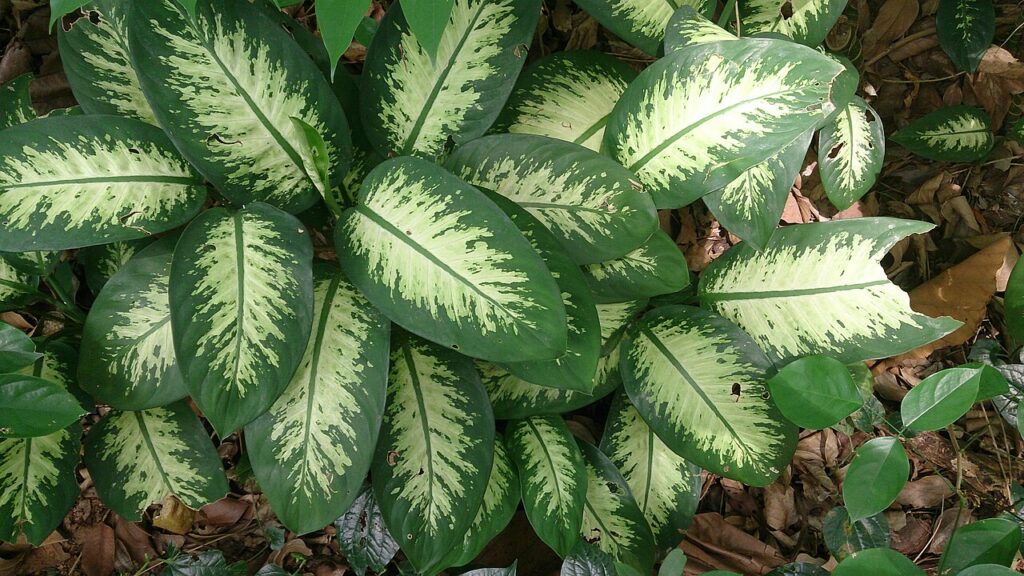
Dieffenbachia, commonly known as dumb cane, is a popular houseplant due to its lush green leaves, but it can cause serious harm. The plant contains calcium oxalate crystals, which can cause irritation to the skin, mouth, and throat if chewed. If a child or pet bites into a leaf, it can cause swelling and difficulty swallowing. For this reason, it is better to leave it outside where it cannot be easily accessed by curious pets or children.
While dieffenbachia is easy to care for and adds aesthetic appeal, its toxicity should not be overlooked. The symptoms from ingestion or skin contact can be severe and may require medical treatment. If you enjoy the look of this plant, consider placing it in an area that is inaccessible to your pets or children. Otherwise, it may be safer to choose a non-toxic alternative for your indoor space.
Peace Lily
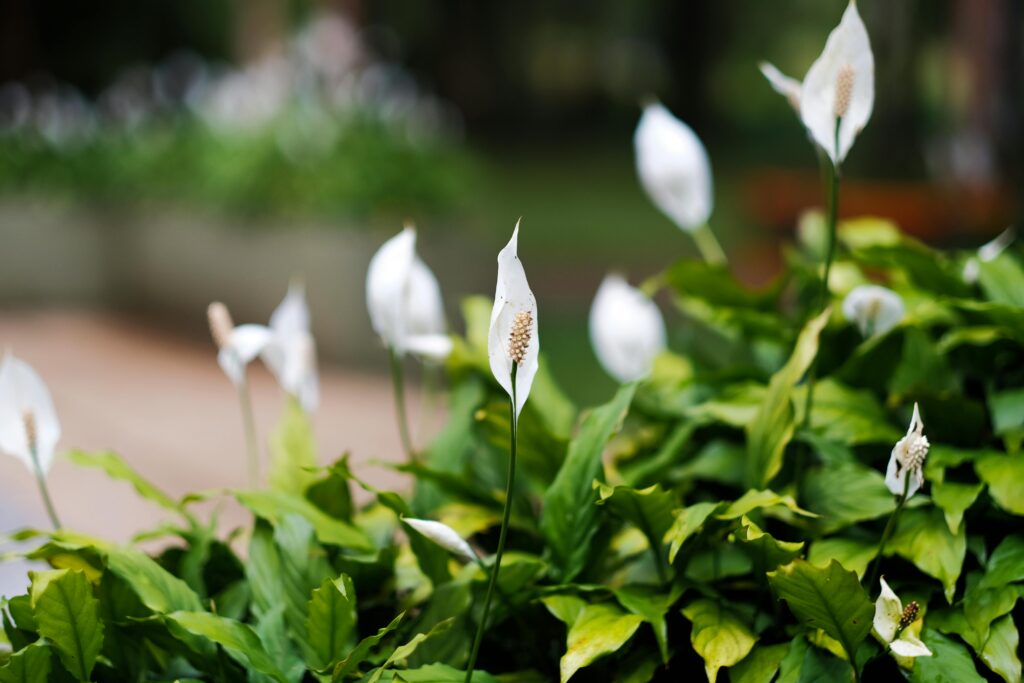
Peace lilies are beautiful indoor plants that can thrive in low light, but they are toxic to both pets and humans. The plant contains calcium oxalate crystals, which can cause irritation and discomfort when ingested. Even though peace lilies are not usually deadly, they can cause serious health issues like swelling, nausea, or difficulty breathing. It is especially important to keep peace lilies away from pets that may chew on them.
If you are looking for a plant with similar aesthetic appeal but without the risk, there are many non-toxic alternatives. Some people may choose peace lilies because of their air-purifying qualities, but the potential health risks are not worth it. Keeping the plant out of reach or choosing another indoor plant is the best way to prevent harm. Peace lilies should be kept in outdoor spaces where they are not accessible to children or pets.
Pothos (Devil’s Ivy)
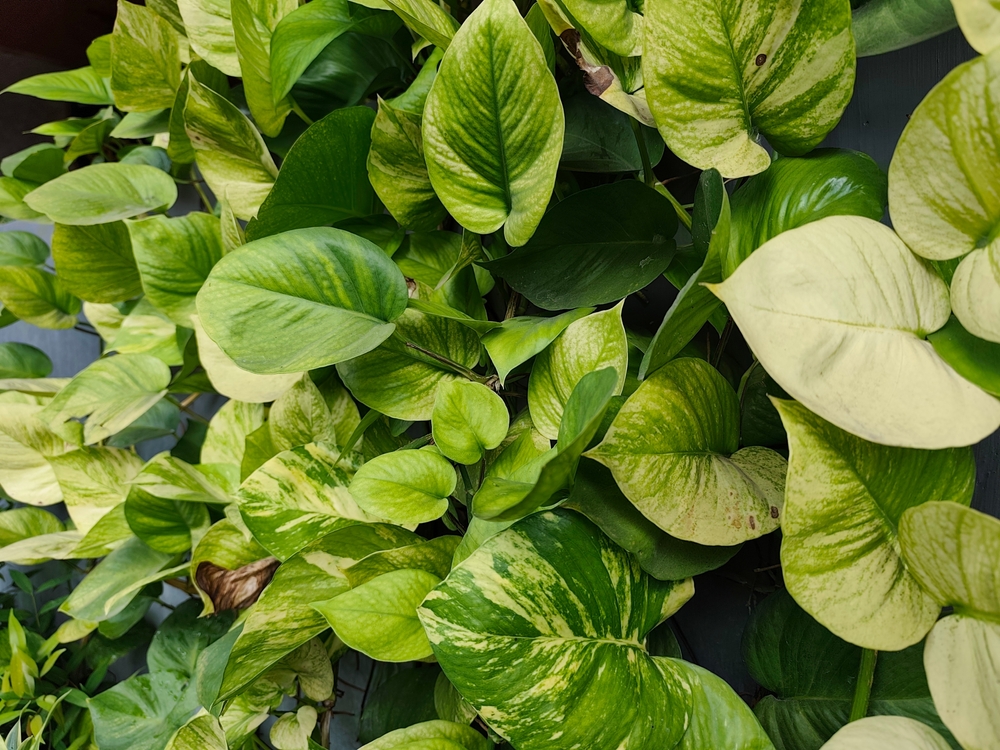
Pothos is a popular indoor plant because of its fast-growing vines and attractive leaves, but it is toxic to both humans and animals. The plant contains calcium oxalate crystals, which can cause severe irritation if consumed or chewed. Symptoms include burning sensations in the mouth, difficulty swallowing, and vomiting. This plant may be harmful to children and pets, so it should not be brought into homes with young ones or animals that may nibble on the leaves.
While pothos can survive in low light conditions, its toxicity makes it unsuitable for homes with pets or small children. If you are set on having a vining plant, there are many non-toxic alternatives that offer similar looks and low-maintenance care. Consider safer options to keep your living space healthy and free from harmful plants. Always research a plant’s safety before introducing it into your home.
English Ivy
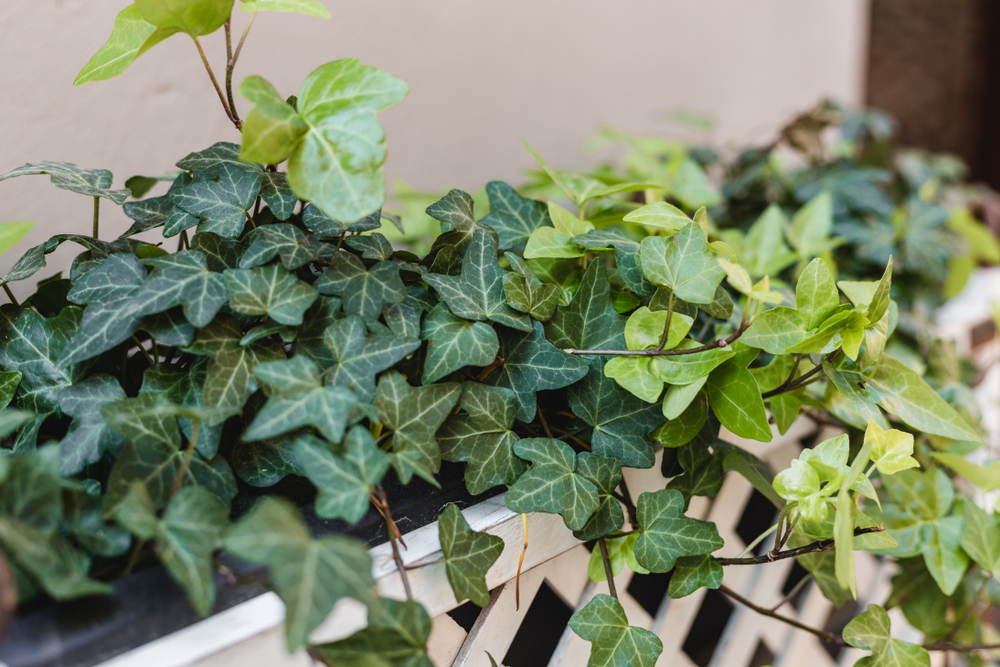
English ivy is a common houseplant that can be harmful to humans and pets if ingested. The plant contains compounds that can cause skin irritation, stomach upset, and more severe health problems if consumed in large amounts. Though it may look great as a hanging vine or climbing plant, the risks it poses make it a poor choice for indoor spaces with children or animals. The plant’s berries are particularly toxic, and ingestion can result in serious illness.
English ivy can also be an invasive species when planted outside, so it is better suited for controlled environments. If you already own this plant, keep it in an area that is difficult for pets or children to reach. For a safer option, try substituting English ivy with a similar-looking but non-toxic plant. Taking these precautions will help you avoid health hazards.
Aloe Vera (In Some Cases)

Aloe vera is well-known for its healing properties when applied topically, but the latex from the inner leaf contains compounds that can be toxic when ingested. While small amounts may not cause major harm, larger quantities can lead to severe digestive issues, vomiting, or diarrhea. If you have children or pets that may be tempted to chew on the plant, it is best to keep aloe vera out of their reach.
If you are considering aloe vera for its health benefits, be mindful of how it is stored and handled. The outer leaf is safe for topical use, but the inner latex can cause irritation. To avoid potential risks, place the plant in an area where it is not accessible to small children or pets. You can find non-toxic plants that provide similar benefits without the associated risks.
Foxglove
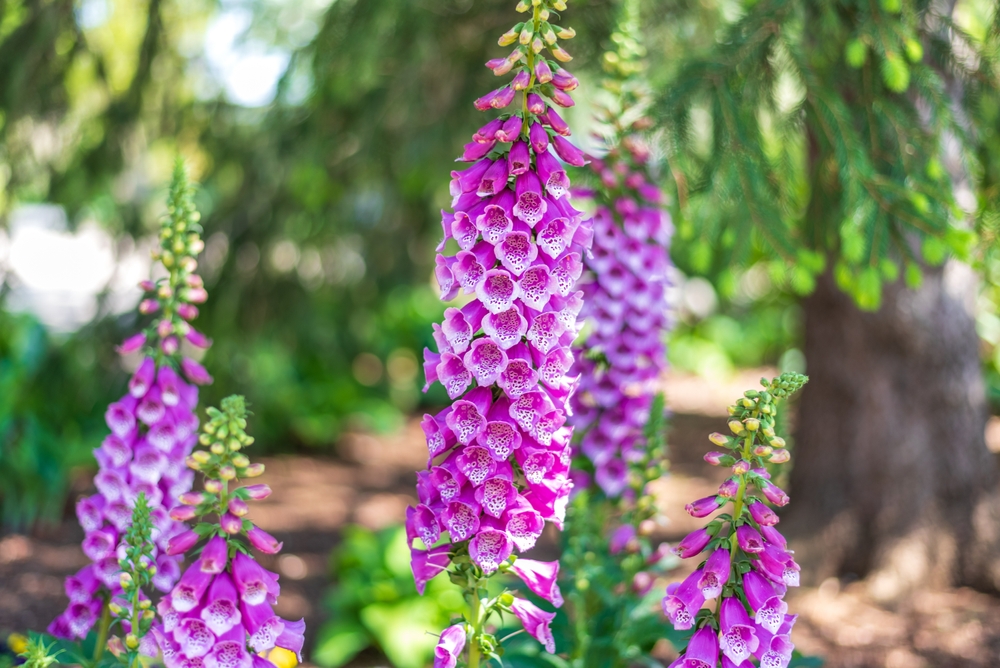
Foxglove is a highly toxic plant that should never be brought indoors, especially if you have children or pets. The plant contains digitalis, a substance that affects the heart and can be deadly if ingested. Symptoms of poisoning include nausea, vomiting, and irregular heartbeats, making it extremely dangerous. Even handling the plant can cause skin irritation if not washed off promptly.
Though foxglove may look attractive with its tall spikes of colorful flowers, it is far too dangerous to keep in the home. The plant’s toxicity extends to all parts, including the leaves and flowers, so every part of the plant poses a risk. Foxglove is best suited for outdoor gardens where it is less likely to be ingested. Avoid bringing it indoors to ensure the safety of your family.
Castor Bean Plant
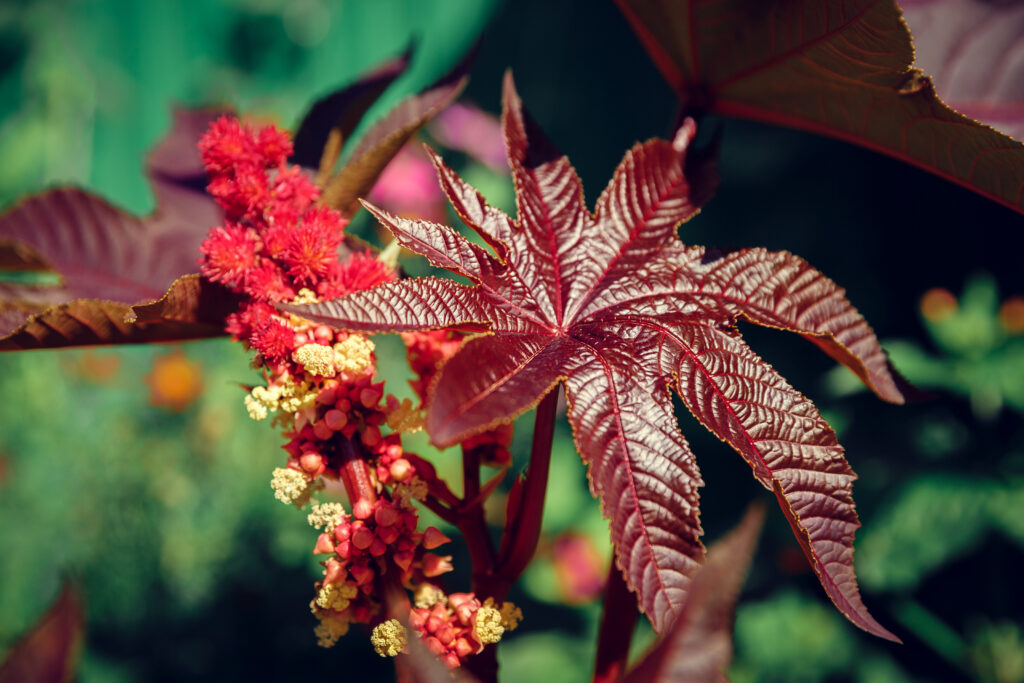
The castor bean plant, while visually striking with its large, glossy leaves, is highly toxic. It contains ricin, a powerful toxin that can cause severe poisoning if ingested or even inhaled. The seeds of the castor bean plant are particularly dangerous, and just a few can cause serious harm. It is best to avoid bringing this plant indoors, as the seeds can easily be mistaken for other decorative seeds.
The plant’s toxicity makes it unsuitable for any indoor environment, especially if there are young children or pets around. Even accidental ingestion can lead to severe symptoms like abdominal pain, vomiting, and diarrhea. For a safer option, opt for decorative plants that do not carry these risks. Keeping castor bean plants outdoors and away from children is the safest approach.
Calla Lily
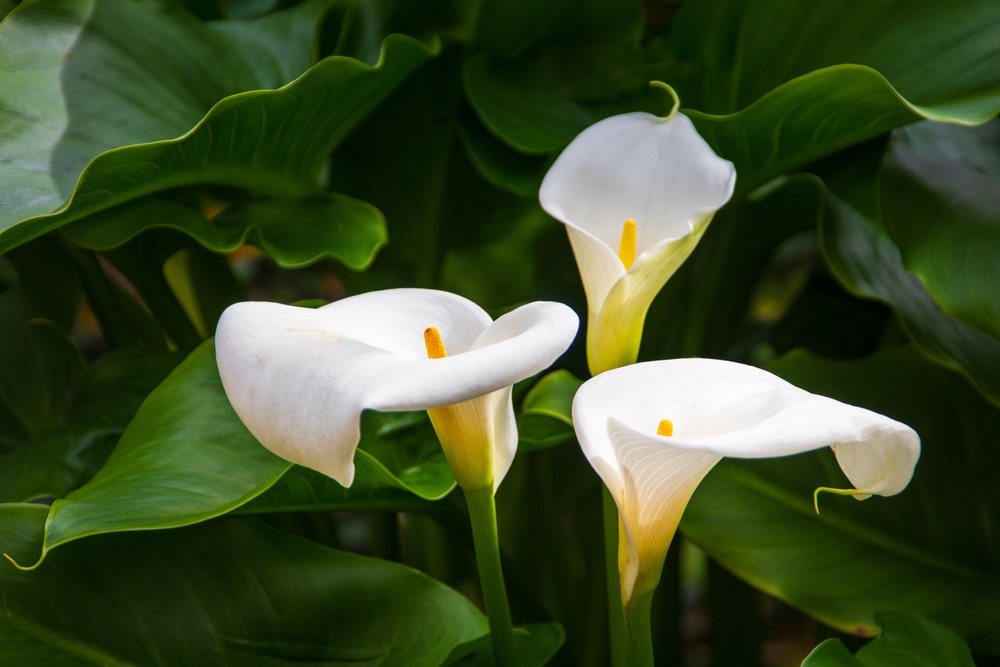
Calla lilies are beautiful and elegant plants, but they can be toxic when consumed. The plant contains calcium oxalate crystals, which can cause severe irritation and swelling if ingested. Symptoms include pain, swelling in the mouth and throat, and difficulty swallowing. Due to its toxicity, calla lilies are not safe for homes with small children or curious pets.
While calla lilies make stunning additions to gardens, they are best left outside to avoid any potential health risks. If you do choose to have this plant indoors, make sure it is placed in a location that is completely inaccessible to children and animals. For a safer indoor option, look for non-toxic flowering plants. Always take precautions when handling plants that may pose risks.
Azalea

Azaleas are known for their stunning flowers, but they can be dangerous if ingested. The plant contains grayanotoxins, which can cause vomiting, drooling, and even heart problems in both humans and pets. Azaleas are especially harmful to pets, particularly dogs and cats, who may chew on the leaves or flowers. It is best to keep this plant outside and avoid bringing it indoors where it could pose a danger.
Even handling the plant can cause irritation to the skin or eyes, adding another reason to keep it outdoors. If you already have azaleas in your home, be mindful of where you place them and keep them out of reach of children and pets. Many beautiful, non-toxic alternatives are available for indoor spaces. Azaleas are best suited for outdoor gardens, where they can thrive without posing a health risk.
Rhododendron
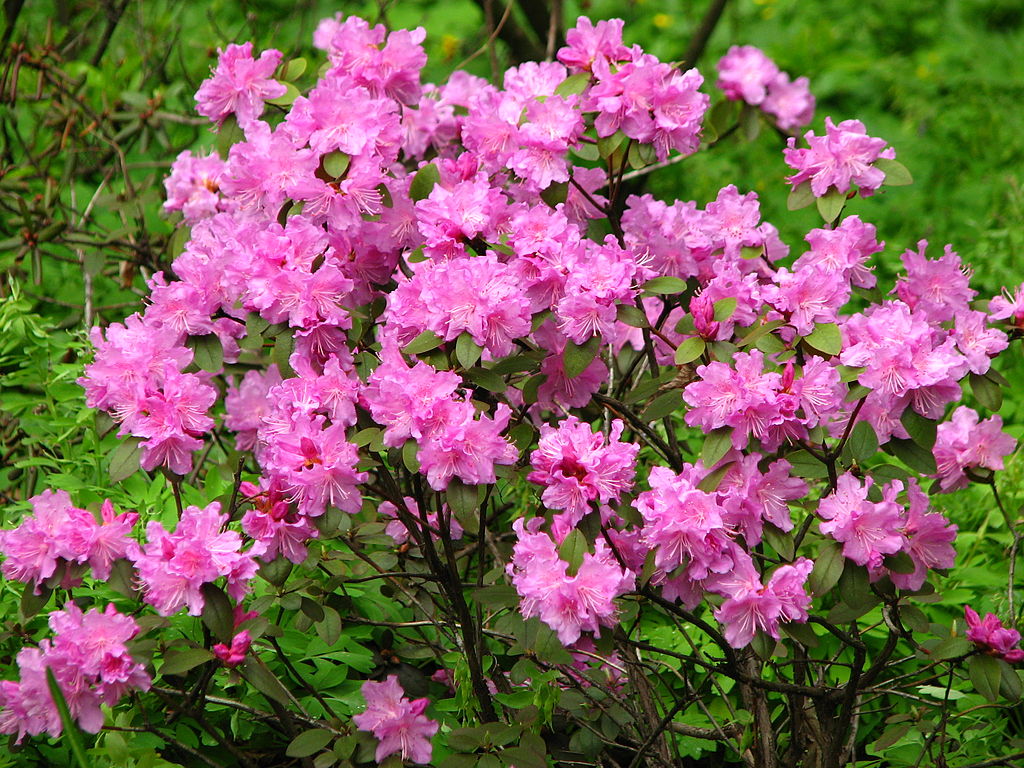
Rhododendrons are closely related to azaleas and share many of the same toxic properties. The plant contains grayanotoxins that can cause nausea, vomiting, and even more serious health issues if ingested. Both humans and animals are at risk, making it unsuitable for indoor environments with pets or children. The bright, colorful flowers may seem appealing, but the dangers associated with rhododendrons make it a poor choice for your home.
The plant is also known to cause skin irritation when touched, especially when the sap is released. To avoid potential poisoning or irritation, it is best to keep rhododendrons outside. If you are looking for a plant with similar beauty but no toxic risks, there are plenty of safe alternatives to consider. Rhododendrons are better suited for outdoor spaces, where their vibrant colors can be enjoyed without the health risks.
Bird of Paradise
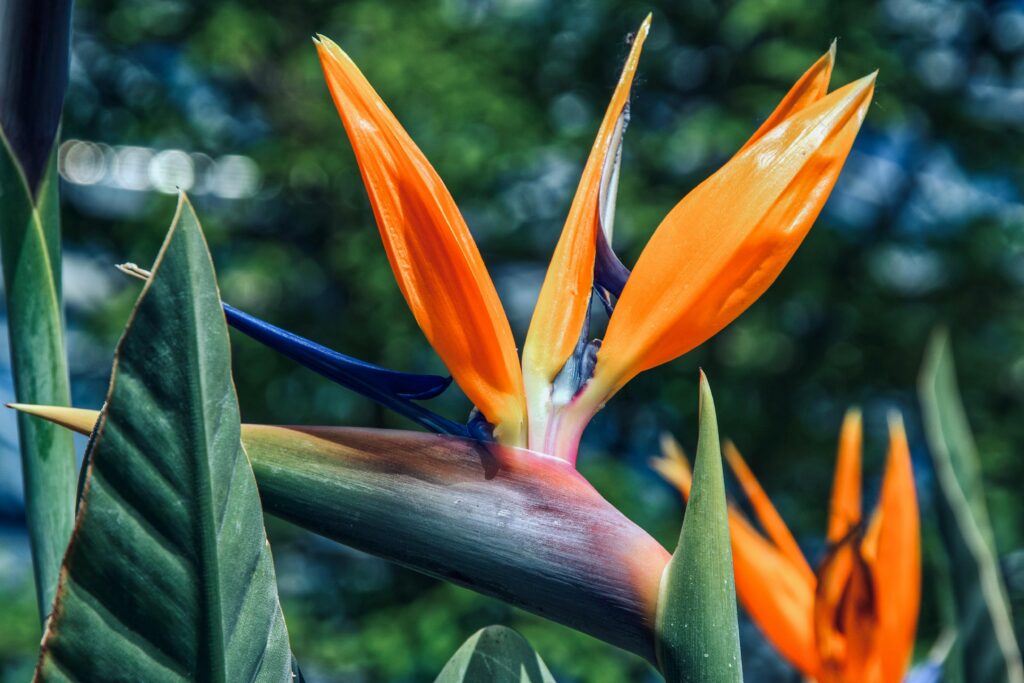
Bird of paradise is a stunning plant with vibrant orange and blue flowers, but it can cause digestive issues if ingested. The plant contains toxins that can affect both humans and pets, causing stomach discomfort, vomiting, or diarrhea. While the plant is not as deadly as others on this list, it can still cause serious health problems if consumed. It is best to avoid bringing bird of paradise indoors, especially if you have small children or pets that may be tempted to chew on it.
The plant thrives in warm climates, which makes it an excellent choice for outdoor gardens but unsuitable for indoor spaces where it could cause harm. Even though it can be visually appealing, bird of paradise should be kept outside where it can grow safely. Consider placing it in a well-secured garden or patio area to minimize the risk. Bird of paradise is best enjoyed outdoors to avoid any potential harm to your household.
Chrysanthemum
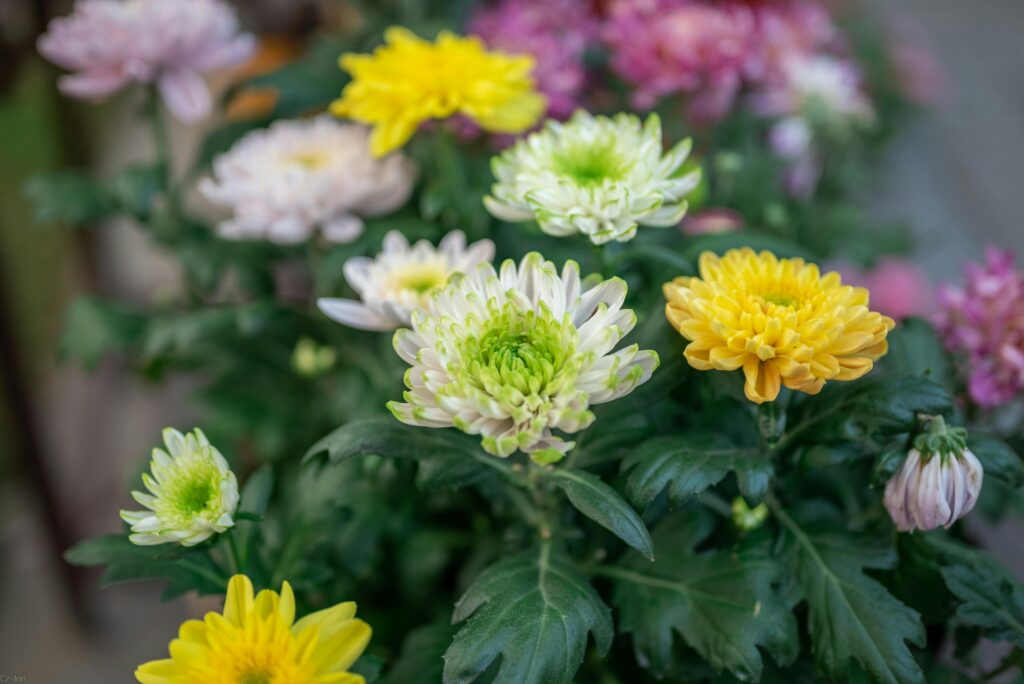
Chrysanthemums, commonly known as mums, are popular fall flowers that are often brought indoors, but they are toxic if ingested. They contain pyrethrins, chemicals that can cause vomiting, drooling, and diarrhea in pets. While beautiful and colorful, chrysanthemums pose a serious risk to pets that may chew on the leaves or flowers. It is safer to keep chrysanthemums outside, where they can be enjoyed without the risk of poisoning.
These flowers are often used in ornamental displays, but their toxicity should not be overlooked. While they are not as harmful to humans, pets are particularly vulnerable. If you must have chrysanthemums in your home, make sure they are placed in a secure location out of reach. For pet-friendly indoor plants, there are many non-toxic alternatives available that provide the same beauty without the risks.
While plants can enhance your home’s atmosphere, some can be harmful if brought indoors. It is vital to recognize which plants pose risks to your health and well-being.
This article originally appeared on Avocadu.
